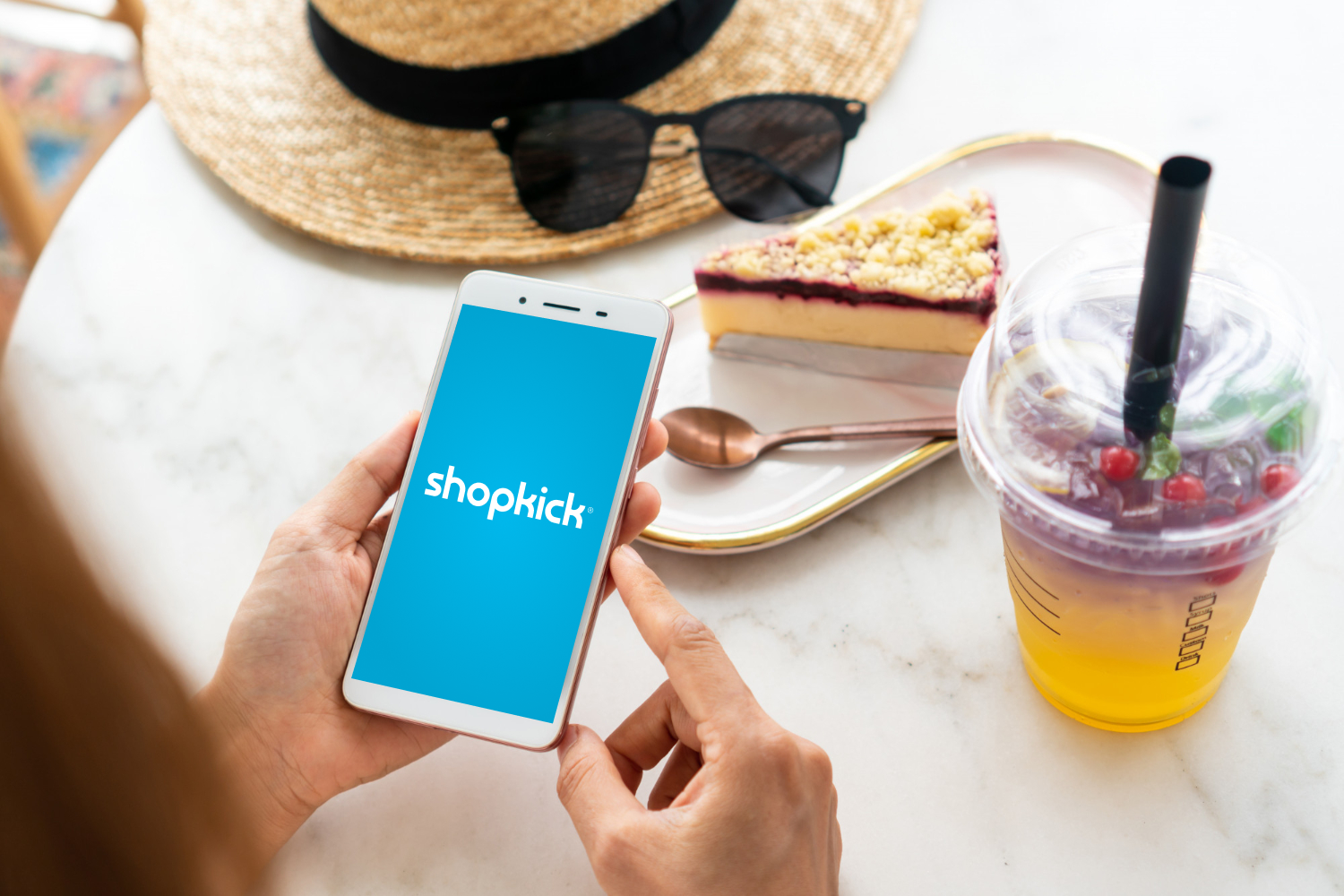Mobile apps have ushered in a new wave of advertising. In addition to building brand awareness through traditional methods, such as television or print, brands are focusing on more genuine connections with consumers in way that makes sense for them. Mobile apps offer that opportunity. Print and television ads are simply unable to travel with consumers as they go about their day-to-day tasks. Innovative retail mobile apps, then, have become a second driving force behind many modern brands gaining market share at brick and mortar locations through increased brand awareness.

Marketing was traditionally, as a rule, one-sided. Brands reached out to customers without a way for customers to directly respond. The internet made marketing a two-way street, allowing for interaction and communication. Mobile advertising via retail and shopping smartphone apps has personalized this process even further and made the engagement between consumers and brands more immediate.
Let’s explore how CPG brands, in particular, can take advantage of this consumer-focused technology. By leveraging third-party apps with their own established, loyal users, it is possible for your brand to successfully target and achieve product awareness goals—and in a way that naturally increases market share.
Why CPG Brands Must Use Mobile to Drive Brand Awareness
Since the development of the internet, it has become much easier for consumers to reach out to and interact with brands. This creates a closer, more personal relationship, something that your brand can leverage to gain loyal customers as well as grab the attention of new consumers—provided you capitalize on what third-party retail mobile apps have to offer.
Rather than advertise at consumers, you must engage them. In that sense, mobile is the perfect platform as it demonstrates your brand is:
- Innovative: Innovation is a big draw for today’s consumers. In one study, 39% of individuals reported that when companies don’t have a mobile presence, they not only view those companies as “outdated” but also as “undesirable.”
- Interactive: About 44% of consumers want brand communication to be a two-way street. Digital advertising gives consumers an opportunity for a back and forth dialog with their favored brands. CPG companies should offer consumers avenues to contact them both through basic website marketing and through the rapidly growing mobile retail app marketplace.
- Consumer-focused: Consumers are sick of being advertised to. This is evident in the numbers as 38% of consumers want brands to focus on their buyers more, rather than putting all the effort into spreading the brand’s message.
Mobile marketing allows your brand to craft an organic personality. It humanizes your brand by allowing it to dynamically respond to consumers, target your marketing to a specific audience, and reach out at the right times and in the right places. Of course, it’s not as simple as creating an app for your brand; developing a mobile advertising platform is a major challenge that very few companies are ready to undertake.
The Most Significant Challenge for Brands Creating a Mobile Advertising Platform
The biggest hurdle with any mobile advertising platform is adoption; there’s a significant amount of competition for new apps. If you look at the numbers, you’ll see there are 2.8 million apps available through Google Play and another 2.2 million apps available through the App Store. Those numbers can make it next to impossible for any one brand to stand out among the competition. However, adoption is the key component to gaining brand awareness via mobile advertising. Unless your app is used, it cannot drive awareness.
Unlike television and print marketing campaigns, mobile advertising is dependent on the permissive use of your target audience. That means that consumers must seek out the apps related to your product and add them to their device. When you note the average consumer has 21 apps on their phone, but only regularly uses one or two of them, you quickly realize why adoption can prove challenging. However, there is a solution—and one that is friendly for CPG brands marketing budgets.
Innovative Retail Mobile Apps: The Solution to Adoption Challenges
When focused on gaining the attention of your desired market in a highly competitive app store, you are competing against an infinite number of brands for the attention of a finite audience. The ideal solution to this problem is often to eschew creating a standalone app and, instead, leverage a partnership with a company that already has an established following of your potential consumers.
While brands may have the people power necessary to create mobile advertising programs in-house, or a platform to work with, newly created apps do not come with a built-in audience. However, by partnering with an established app, your brand can gain a competitive edge in gaining brand awareness and growing market share via your mobile advertising strategies.
Specifically, innovative third-party retail mobile apps that focus on rewards programs offer:
- Ready-made audiences: Third-party apps draw more users than brand or retail-specific apps across many audience segments and markets thanks to their ability to align with multiple brands and retailers. CPG brands that align with a third-party app, then, are given the opportunity to introduce their products to a receptive, ready-made audience.
- Flexible rewards programs: Digital rewards programs can be particularly useful for CPG brands as they allow users to collect and gain rewards for buying specific products regardless of the retailer. This eliminates the need for CPG companies to be dependent on a specific retail chain.
- Consistent profit margins: By offering rewards instead of discounts to motivate purchase, discounted prices from coupon codes don’t cut into the already tight profit margins of many CPG brands.
Retail mobile advertising is a proven marketing strategy for CPG brands that want to gain the recognition, and business, of a growing, tech-savvy audience. However, the best approach to this strategy, retail shopping apps, is a saturated market. To ensure success—and to optimize your marketing budget—your brand must align with a program that offers an existing, loyal audience.
Consumers trust the apps they give valuable smartphone space to—and your brand can leverage the credibility of the most popular shopping apps. By partnering with platforms specifically designed to appeal to consumers, and right in the moment when they’re ready to make a purchase, your brand can naturally increase not only product awareness, but market share.
Shopkick offers an innovative rewards-based shopping app for CPG brands and retailers. To become a Shopkick partner, or for more information, contact us today.




